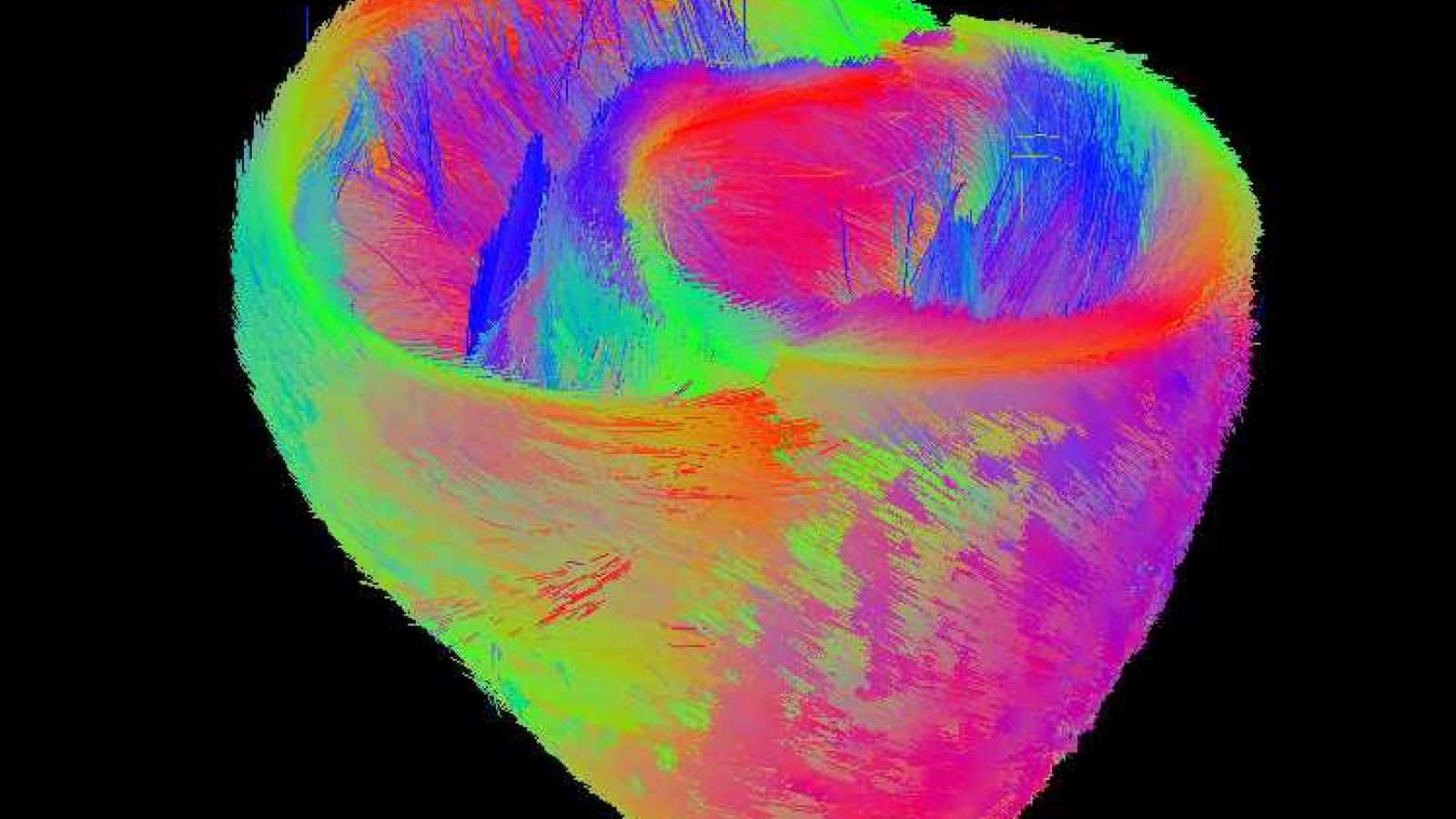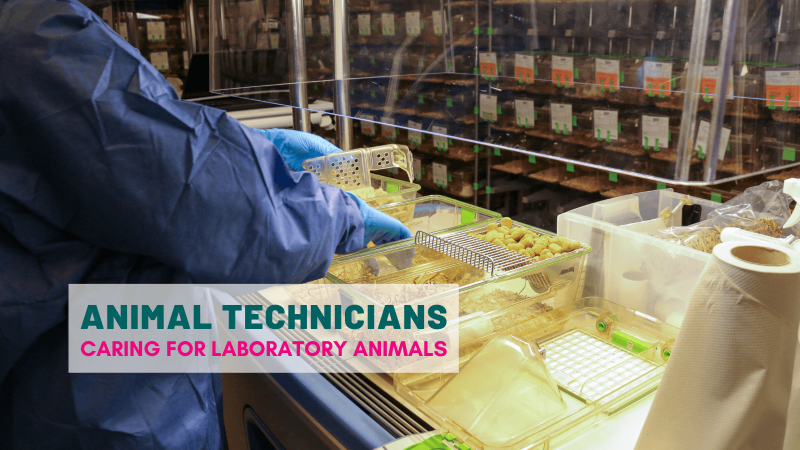
Animal welfare at Oxford University
Oxford University held a 3Rs Research day to share examples of work involving animals and focused on examples of refinement, reduction and replacement of animals in research. Around 100 folk listened to an eclectic dozen case studies which between them showed that the scientific community is serious about finding ways to minimise the use of animals in research. Here are three examples from the day.
Modelling the human heart
Dr Oliver Britton, winner of an NC3Rs award last year, started the day with an account of his computer model for understanding human arrhythmic heart beats. The model was built up from an impressive quantity of patient data and shows that while there is no such thing as a completely typical human heart, it is possible to study the impact of ion-channel blocking both in isolation and in combination. It is currently being evaluated as a replacement to animals.
As models like this become accepted for use in drug trials they will significantly reduce animal use. Oliver gave the example of the FDA receiving 396 applications for heart drugs in the last year alone which would require the use of many thousands of animals in conventional safety testing.
Read more here: http://www.cs.ox.ac.uk/ccs/home and see a video here https://www.youtube.com/watch?v=FzlGOI7_oyk made for the NC3Rs competition in 2014.
Liver on a chip
Diseases like Hepatitis B have the greatest impact on the liver so creating a 3D culture model of a liver provides a drug test-bed. Dr Emma Large from CN Bio Innovations described their system, LiverChip, where single liver cells are seeded onto an inert scaffold. This composite can be provided with life-supporting media which maintain functioning liver cells for around 20 days, long enough to track viral infection and the impact of drug treatment. In previously used 2D cell culture liver cell function is lost in a matter of hours.
Emma anticipated this model being used in toxicology, metabolite profiling as well as studying Hepatitis B which currently infects 240 million people worldwide. This last use, which is currently being evaluated, is important because there are no particularly good in vitro models for Hep B. Despite the availability of a chimp model and more recent developments in human chimeric mouse models, there is still a need for an all human in vitro model for the study of HepB.
See more here: http://www.cn-bio.com/ and a video here: http://www.bloomberg.com/news/videos/2015-04-29/drug-disruption-the-liver-on-a-chip-
Visualising cartilage
One of the problems in studying, understanding and treating osteoarthritis is in the difficulty in seeing the damage to the joints before it becomes so bad that it causes symptoms. Dr Han Lim described his group’s work to better image cartilage in living animals in order to reduce the numbers of animals (mainly mice) used in osteoarthritis research.
Their work focuses on developing compounds that bind to the cartilage and allows the changes during the development of arthritis to be measured and mapped over time using non-invasive optical and CT imaging.
See more here: http://www.ndorms.ox.ac.uk/research/molecular-imaging-group
Last edited: 8 March 2022 16:23



